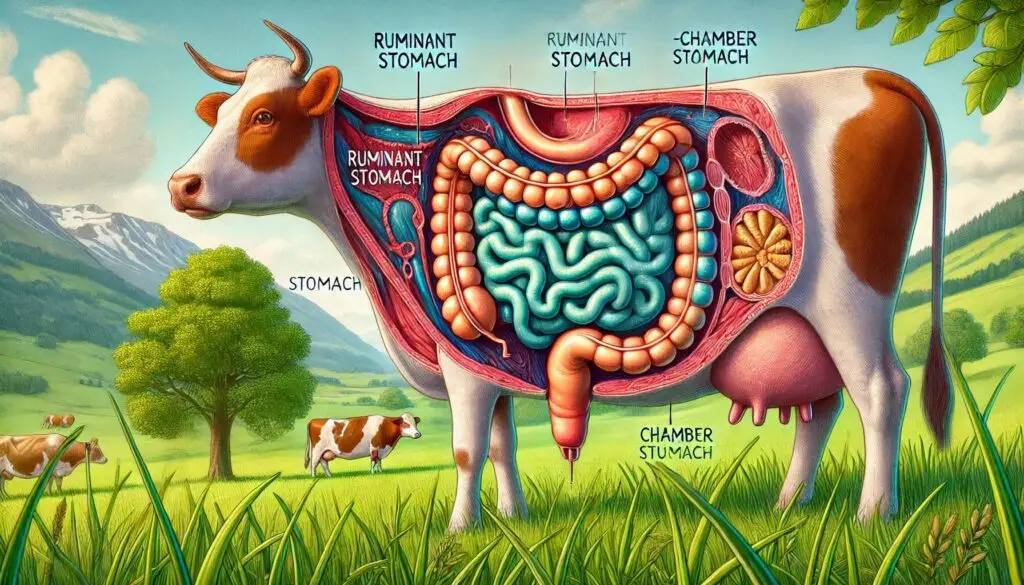Liver Functions in Veterinary Animals

The Role of the Liver in Digestion in Veterinary Animals
The liver is an essential organ in the digestive system of veterinary animals, playing multiple crucial roles that facilitate digestion, metabolism, and overall health. This article explores the liver’s functions, its impact on digestion, and the importance of maintaining liver health in veterinary practice.
Understanding the Liver’s Functions
Bile Production and Secretion
The liver produces bile, a digestive fluid vital for emulsifying and absorbing fats in the small intestine. Bile consists of bile salts, cholesterol, bilirubin, electrolytes, and water. It is stored in the gallbladder and released into the duodenum during digestion to aid in fat breakdown.
For more detailed information about bile and its functions, you can refer to this article on bile production from the National Center for Biotechnology Information.
Metabolism of Nutrients
The liver plays a significant role in metabolizing carbohydrates, proteins, and fats:
- Carbohydrate Metabolism: The liver regulates blood glucose levels by converting excess glucose into glycogen for storage and breaking down glycogen back into glucose when needed.
- Protein Metabolism: The liver synthesizes plasma proteins such as albumin and clotting factors. These proteins are critical for maintaining osmotic pressure and blood coagulation.
- Lipid Metabolism: The liver synthesizes lipoproteins and cholesterol while also breaking down fats to produce energy.
For an extensive overview of metabolic processes in the liver, check out this resource on liver metabolism from ScienceDirect.
Detoxification
The liver filters blood coming from the digestive tract via the portal vein. It removes toxins, drugs, and metabolic waste products. This detoxification process is vital for maintaining animal health by preventing the accumulation of harmful substances.
For further reading on detoxification processes in the liver, visit this article on liver detoxification from PubMed Central.
Immune Function
The liver contains Kupffer cells, which are part of the mononuclear phagocyte system. These immune cells help destroy pathogens that enter through the gut, thus playing a significant role in the body’s defense mechanism.
To learn more about how the liver contributes to immune function, refer to this study on hepatic immunity published in Frontiers in Immunology.
Storage of Vitamins and Minerals
The liver stores essential vitamins (A, D, E, K, B12) and minerals like iron (as ferritin) and copper. These stored nutrients are crucial for various bodily functions and can be mobilized when needed.
For insights into vitamin storage in the liver, check out this detailed article on vitamin metabolism from the National Institutes of Health.
Impact on Digestive Health
A healthy liver is integral to optimal digestion and nutrient utilization in veterinary animals. Conditions such as hepatic stress or diseases can lead to impaired liver function, affecting digestion and overall health.
Common Liver Disorders
- Fatty Liver Syndrome: Often associated with high production demands in livestock, this condition results from an imbalance in energy intake and expenditure.
- Nutritional Imbalances: Poor diet can lead to hepatic dysfunction, which may manifest as reduced nutrient absorption and growth performance.
For more information about common liver disorders in animals, you can refer to this comprehensive guide from Merck Veterinary Manual.
Conclusion
In summary, the liver’s multifaceted roles in digestion include bile production for fat emulsification, nutrient metabolism regulation, detoxification of harmful substances, immune response facilitation, and storage of vital nutrients. Maintaining liver health is essential for ensuring effective digestion and overall well-being in veterinary animals.
More from Veterinary Physiology:
https://wiseias.com/female-reproductive-organs-animals/
https://wiseias.com/estrus-behavior-lactating-buffalo-summer/
https://wiseias.com/early-embryonic-development-lactating-buffalo/
https://wiseias.com/early-embryonic-development-lactating-buffalo/





Responses